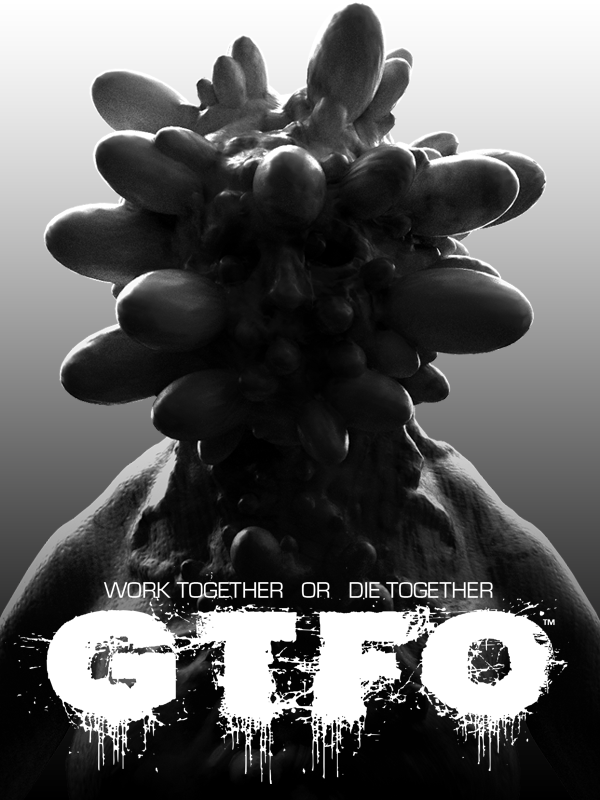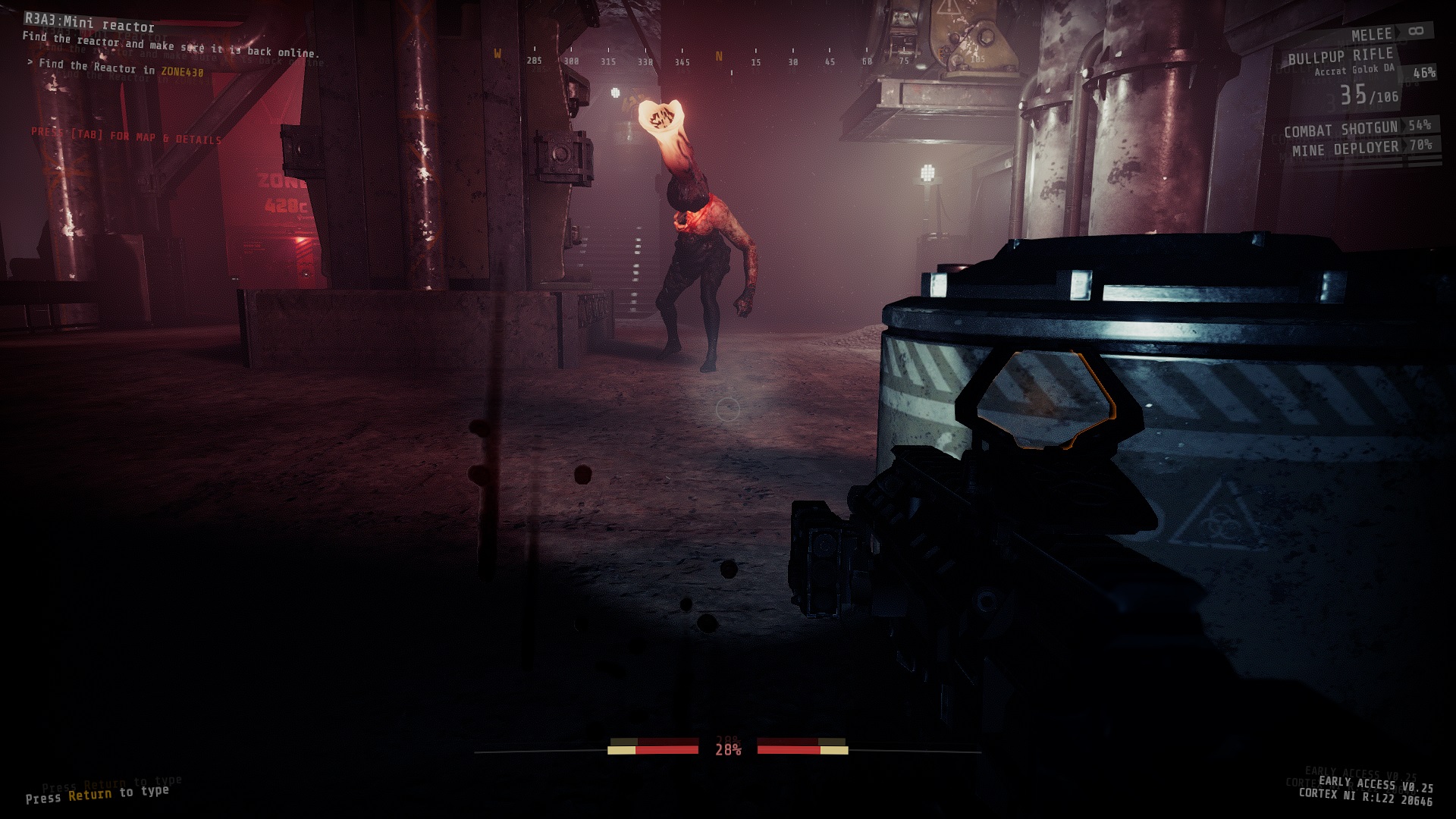
It lives on its atmosphere and the need to rely on your squadmates for support. If you hadn't guessed by now, we think that the game looks and plays fantastic. This is a game designed for well-coordinated teams of players who have already honed their skills together in other co-op titles and want to take it to the next level. It's a testament to the challenge, and it's by design. Even with developers sitting in and manning stations during the E3 demo only one group had managed to make it out when we visited the booth on the final day of the show. Perhaps a glue gun can seal off some doorways (temporarily) and funnel the enemies into a convenient killzone? Regardless of how well you prepare, when the action kicks off it's intense and extremely punishing. There's a lot of exploration and sneaking and trying to gauge the situation and using tools to like 'can we get around them?', 'can we maybe snipe?', 'is there a scout somewhere that could detect us?', 'can we take out the scout in some way?" So it's much better to sneak around them. "If you stumble upon a group of dormant enemies you want to sneak around them, cause waking them up is just consuming bullets and health if things go bad. "There's really no upside to engaging the enemies," says Viklund. Regardless, you should focus on remaining undetected for as long as possible and often when you've got no other option than to engage, you have an opportunity to make preparations. Do you equip a shield to protect your motion detector then? If so, that's two out of your four slots gone. Much like in the Alien movies, motion detection is important, particularly as some enemies will be invisible, however, the motion detector is also something that can be taken out of commission by EMP pulses. You get some idea of the challenges ahead, what enemy types there are to consider and which environmental hazards you should avoid, but your first strategic choice is going to be your loadout. Perhaps a valve needs replacing or an item has to be recovered regardless of what the objective is you get to keep anything that's not part of the main objective. Players are tasked with an objective by the Warden before descending down the hole to face the monsters who reside below. There's a certain element of procedural generation here, items, exact layout, and enemy placement, but it also aims to give players a curated experience, one where you can compare and talk about your exploits in a particular mission with others. You'll need to communicate in order to hack terminals and progress towards your objective, and nothing is as simple as just pressing a context-sensitive button.
Gtfo monsters how to#
There's more know-how needed here than how to fire a gun (even if that's key too). This is where GTFO differs, it's a game where you'll need to work as a team in order to survive, but perhaps more importantly in order to work out what to do and where to go. But while all the mentioned titles rely on teamwork and strategy, they also make sure to guide and hold the players' hands to a certain extent. There are the likes of Vermintide and Payday, and upcoming titles like Deep Rock Galactic, Earthfall and Overkill's The Walking Dead, and then you've got slightly different sort of games like Ghost Recon: Wildlands also offering co-op.

The four-player co-op action space is pretty packed even with the likes of Left 4 Dead taking an extended holiday.

We're told Unity decided to sponsor the booth as they wanted to show just what could be achieved with their engine and a small team of veterans. It says Unity Technologies on the outside of the booth, but inside is the majority or entirety (we didn't count) of the nine-developer strong 10 Chambers Collective, a studio set up three years ago by Ulf Andersson and some fellow Overkill/Starbreeze defectors, along with four computers running the game.


"You don't spell it out." That's what we were told before our interview on GTFO at the back of the notoriously unsexy Concourse hall of the LA Convention Center.


 0 kommentar(er)
0 kommentar(er)
